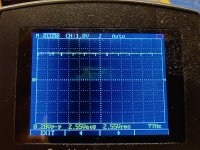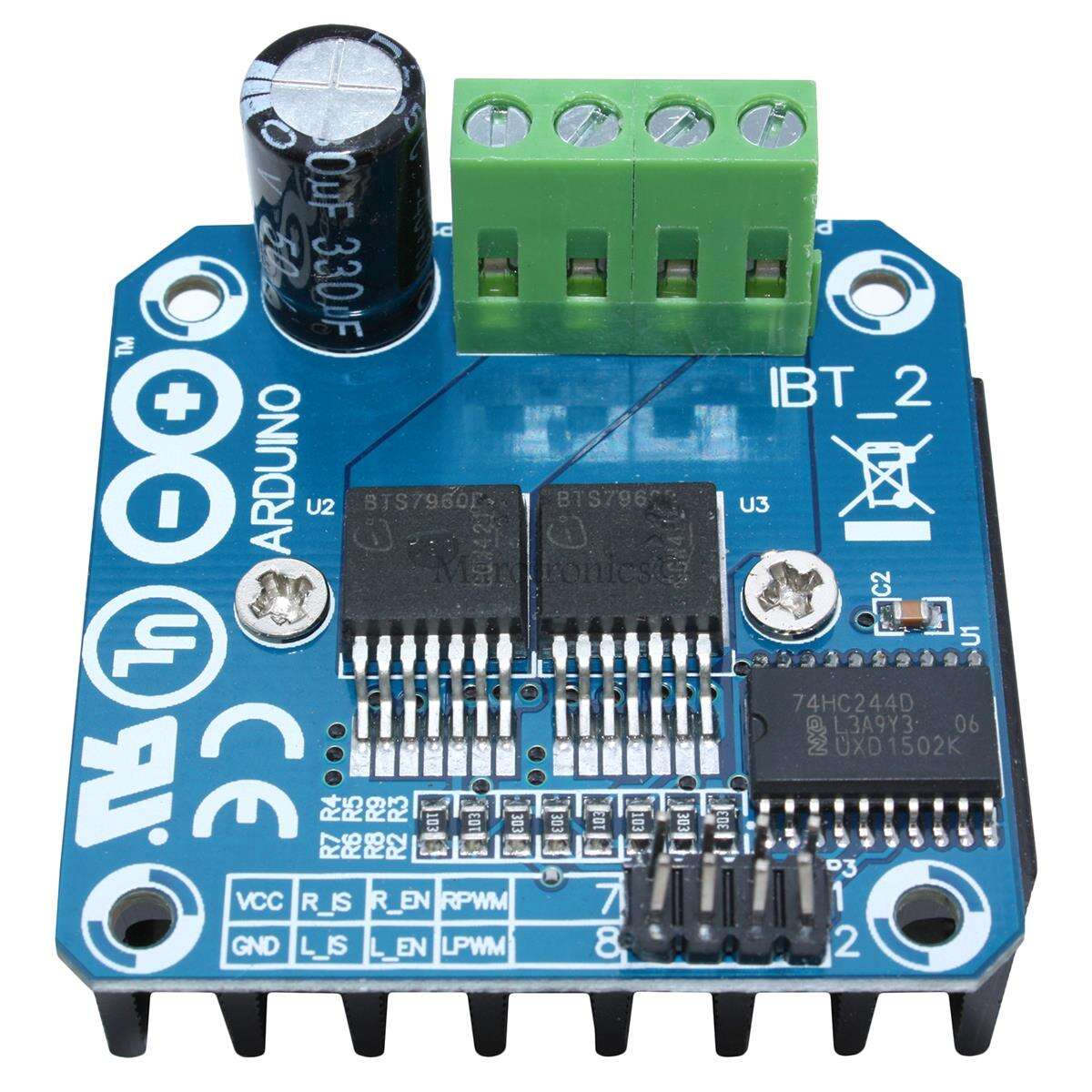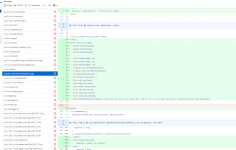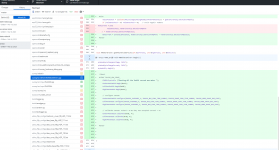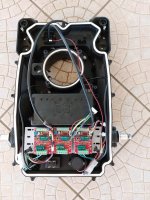hoglibogli
Member
Ich hab so den Verdacht, dass es dieser Teil der motor.cpp sein könnte:
Code:
void Motor::setMowState(bool switchOn){
if ((enableMowMotor) && (switchOn)){
if (abs(motorMowPWMSet) > 0) return; // mowing motor already switch ON
motorMowSpinUpTime = millis();
if (toggleMowDir){
// toggle mowing motor direction each mow motor start
motorMowForwardSet = !motorMowForwardSet;
if (motorMowForwardSet) motorMowPWMSet = pwmMaxMow;
else motorMowPWMSet = -pwmMaxMow;
} else {
motorMowPWMSet = pwmMaxMow;
}
} else {
motorMowPWMSet = 0;
motorMowPWMCurr = 0;
}
pwmSpeedOffset = 1.0; // reset Mow SpeedOffset
}